Riveting four-part snap buttons are known as snap fasteners to many people. They have more than one hundred years of tradition. Their appearance and functions have remained practically unchanged during this time. It should be noted that despite their great age, they perfectly fulfill their function even today. They are perfectly joined and the most diverse materials can be snapped with them.
Snap fasteners consist of four individual parts. We will get a head and a base component of the snap fastener by combining the two pairs of the components that belong together. The button head has a convex shape from the right side and a cavity for the head of the bottom part of the button from the rear side. The bottom component of the snap fastener has a conical shape into which the head snaps into.
Surface treatment of snap fasteners
|
|
|
Both types of snap fasteners are suitable for materials with a power of 1-3 mm. They are made of steel and then their surface is finished.
Use of snap fasteners in practice
Snap fasteners are used to connect fabrics of varying strengths and solidity, terry fabrics, knitted fabrics, leather and canvas cloth. They can also be used to connect fabric to solid materials (wood, cardboard, or plastic), or for the joining of more than two parts of the material in one place.
Snap fasteners can be used not just in the clothing industry, but particularly in luggage, footwear, saddlery or paper. You can use them for ready-to-wear clothing (jackets, vests…), haberdashery, saddlery and luggage goods (bags, cases, packaging…) or canine aids (harnesses, leashes, clothing for dogs, cats…), etc.
Rules for the proper application of snap fasteners
- Select the correct size of the perforation.
- Develop enough compressing strength when riveting.
- Always perform the blows of the hammer or mallet perpendicularly to the riveter.
- Use the correct size of the applied tool for the snap fastener.
- With textile material underpin a round snap fastener, best with iron reinforcement.
- With eco-leather and artificial leather underpin the snap fastener, best with a round clamp.
Instructions for applying metal snap fasteners
To apply snap fasteners we need:
- 4-part rivet snap button
- perforation pliers or round drive punch
- rubber pad
- a set for the manual riveting of buttons
- a hammer or mallet
Note: In saddlery and luggage hand production special mallets with wood, plastic, or leather heads are used as hand tools. A hammer is used for footwear and haberdashery production.
First, it is necessary to cut a hole in the material corresponding to the diameter size of the shaft on both parts of the button. See the “Manual Riveting” article for similar information and instructions.
Application of snap fastener heads
- We insert the circular part of the button into the application preparation for rivets. The head fits into the hole and the snap fastener does not shift during riveting.
- For the head we apply the material on the front side, the rear side material facing us.
- For the material we apply the pressed button to the second part.
- We insert the riveter into the hole in the lower part of the snap fastener. The hole and the riveter have an oval shape. Be careful so that the entire underside of the riveter correctly fits into the hole. The slot for the riveter must fit into the snap fastener.
- We connect the riveted button with a tool. A single strike is enough, riveting the internal part of the snap fastener, and both parts will hold together. The principle is the same as in riveting.
- Both parts are now connected.
Application of the lower part of the snap fastener
The application procedure of the lower part is identical. We just replace the order of the parts.
- We insert the lower cone of the snap fastener into the application preparation for rivets. We snap the flat surface of the blunted pyramid into the hole and the snap fastener does not shift during riveting.
- For the cone, we apply the reverse side of the material, the front turned towards us.
- For the material we apply the pressed button to the second part – the cap.
- We insert the round riveter for the cap. We connect the riveted button with a tool. A single strike is enough, riveting the internal part of the snap fastener, and both parts will hold together.
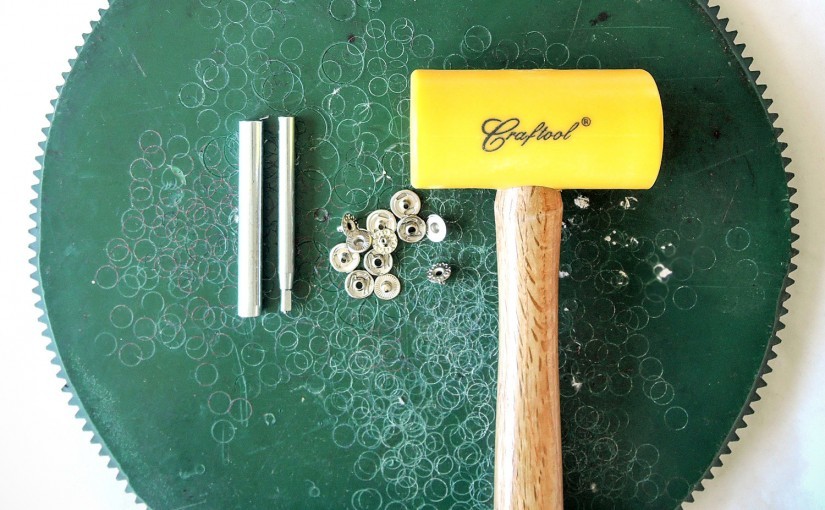
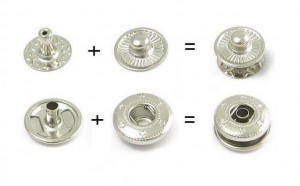
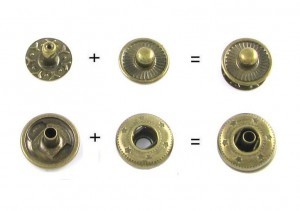
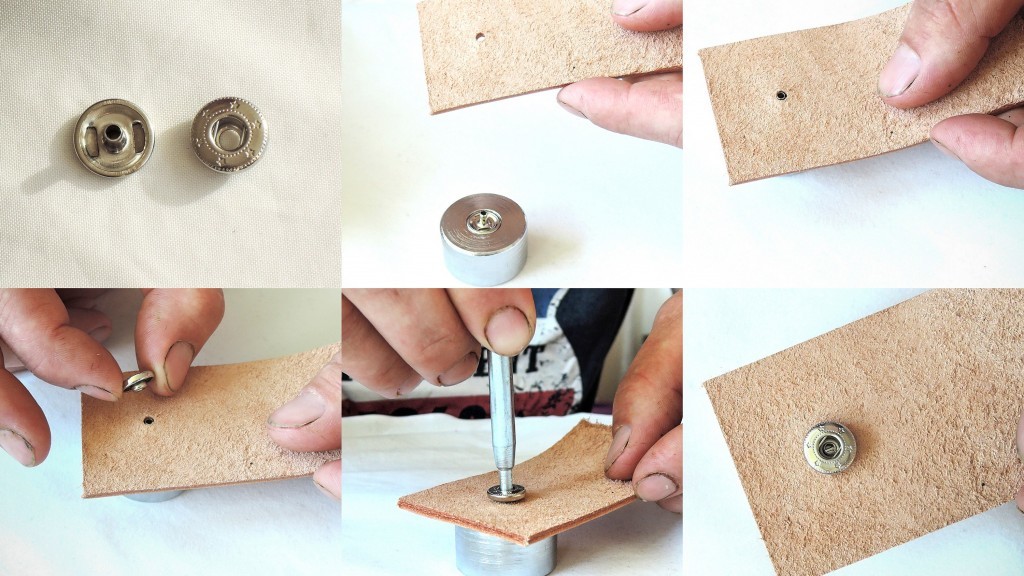
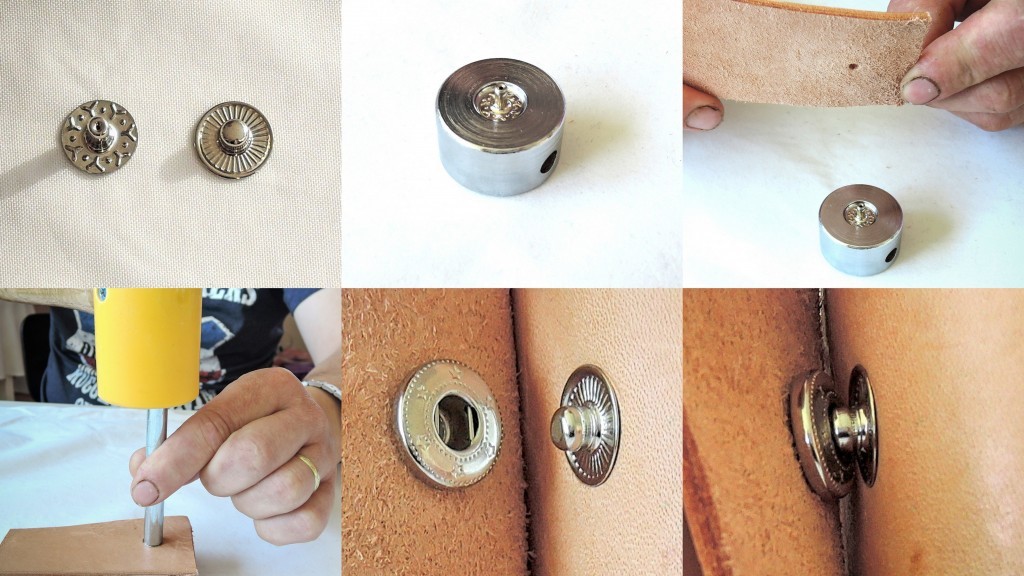

Pethardware.com
The only shop you’ll ever need for crafting collars and leashes.
Visit Pethardware.com